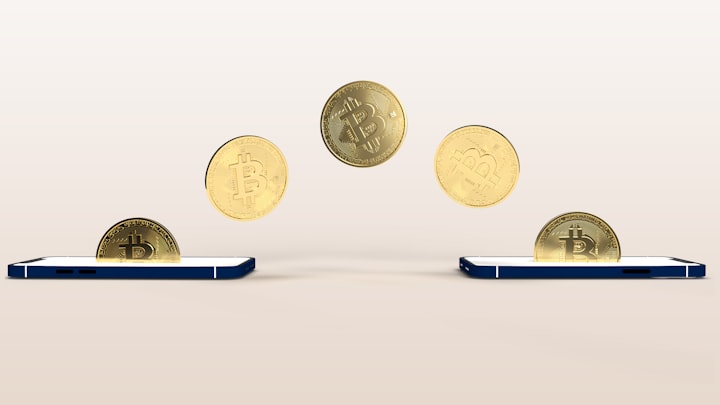Blockchain Payments: How They work and Their Advantages
Advantages of Blockchain payments

Blockchain technology has the potential to revolutionize the way we make payments and transfer money. Instead of relying on traditional intermediaries, such as banks, to facilitate transactions, blockchain allows for peer-to-peer (P2P) payments that are fast, secure, and relatively inexpensive. In this article, we will explore how blockchain payments work and some of the advantages they offer.
How Blockchain Payments Work
A blockchain is essentially a decentralized, digital ledger that records transactions in a secure and transparent manner. Each transaction is recorded as a "block" and added to the "chain" of previous transactions. This chain of blocks is secured using complex cryptographic algorithms, making it virtually tamper-proof.
To make a blockchain payment, the sender first initiates the transaction by specifying the recipient's address and the amount of money to be transferred. The transaction is then broadcast to the network, where it is verified by "miners" – specialized computers that perform the computational work required to validate the transaction and add it to the blockchain.
Once the transaction has been verified and added to the blockchain, it is considered to be final and irreversible. The recipient can then access the funds by using their private key, a unique code that allows them to access their blockchain account.
Advantages of Blockchain Payments
There are several advantages to using blockchain technology for payments:
Speed: Blockchain payments are generally much faster than traditional bank transfers, which can take days to clear. With blockchain, transactions are typically completed within minutes.
Low fees: Because there are no intermediaries involved in the process, blockchain payments often have much lower fees than traditional bank transfers.
Security: As mentioned earlier, blockchain technology is highly secure due to its decentralized nature and cryptographic algorithms. This makes it difficult for hackers to steal funds or tamper with transactions.
Transparency: All transactions on the blockchain are transparent and available for anyone to see. This can increase trust and accountability in the financial system.
Accessibility: With blockchain technology, anyone with an internet connection can access the network and make payments, regardless of their location or financial status. This can be particularly beneficial for individuals in under-banked regions who may not have access to traditional financial services.
How to verify a blockchain payment, whether it's a regular transaction or a "flash" payment:
Check the transaction on the blockchain: Most blockchain networks provide a public ledger that allows you to view the details of a transaction, including the sender and recipient addresses and the amount of cryptocurrency being transferred. You can use a blockchain explorer or wallet to view the transaction and verify that it has been successfully processed.
Check the transaction in your wallet: If you are the recipient of a blockchain payment, you should be able to see the transaction in your wallet once it has been confirmed on the network. The wallet should show the amount of cryptocurrency you have received and the transaction should be listed in your transaction history.
Confirm with the sender: If you are unsure whether a payment has been made, you can always contact the sender to confirm. They should be able to provide you with the transaction details, including the transaction ID, which you can use to verify the payment on the blockchain. verifying a blockchain payment involves checking the transaction on the blockchain, checking your wallet for the received funds, and possibly confirming with the sender or using a third-party service.
Use a third-party service: There are also third-party services that can help you verify blockchain payments. These services may provide additional security measures, such as two-factor authentication, to help confirm the identity of the sender and the authenticity of the payment.
In conclusion, blockchain payments offer a fast, secure, and inexpensive way to transfer money. As the technology continues to mature and gain widespread adoption, we may see more and more people turning to blockchain for their financial transactions.






Comments
There are no comments for this story
Be the first to respond and start the conversation.